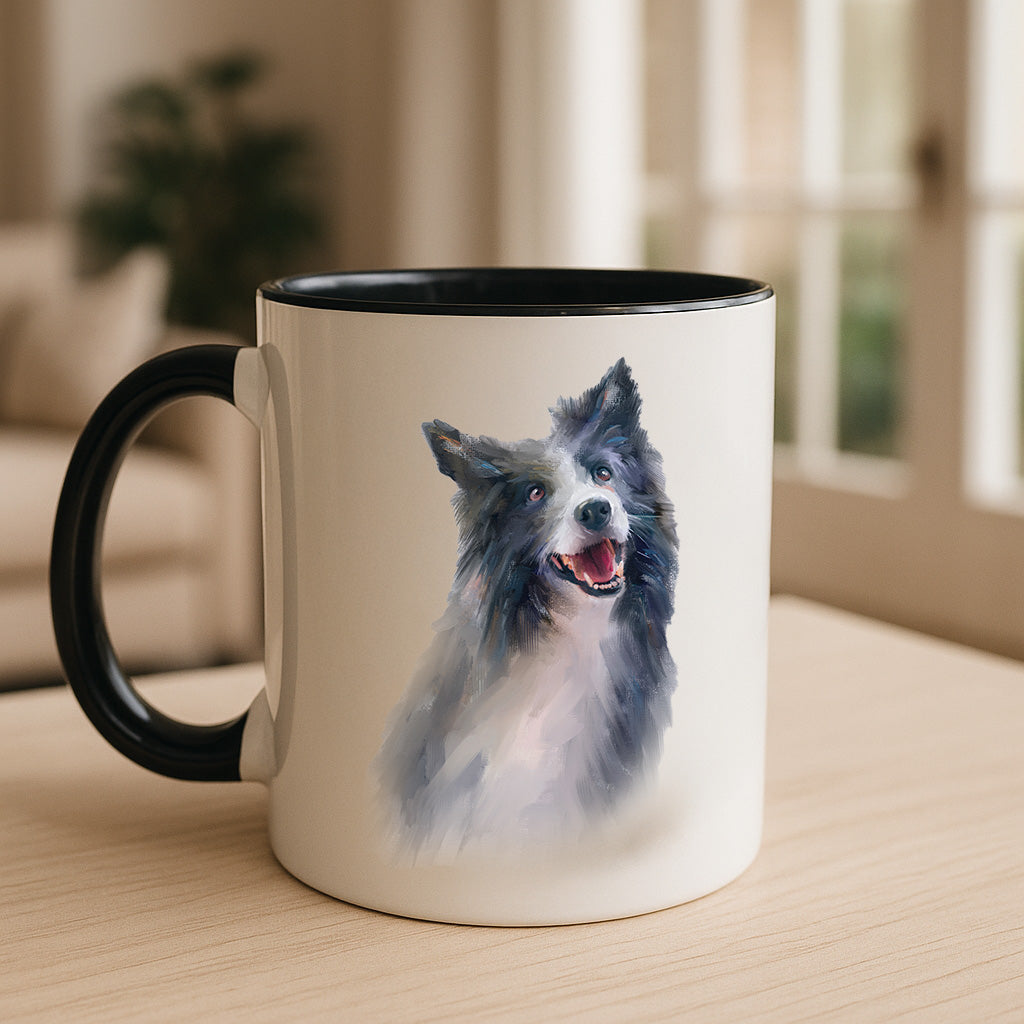Watercolor painting is a timeless and expressive art form that beautifully blends precision and spontaneity. With its fluid strokes and transparent layers, watercolor allows artists to convey mood, motion, and emotion in a unique and captivating way. Whether you’re drawn to the rolling hills of a countryside scene or the delicate features of a human face, watercolor offers endless possibilities. However, mastering landscapes and portraits with this medium requires practice, patience, and a few thoughtful techniques. Learning the nuances of watercolor painting can open doors to creating artwork that is not only visually stunning but also rich in feeling and personality.
Whether you’re a beginner or an experienced artist looking to refine your style, this guide offers practical tips to help you capture the beauty of both natural scenery and expressive human figures through watercolor.
Understanding the Watercolor Medium
Before diving into specific tips for landscapes and portraits, it’s important to understand what makes watercolor unique:
Transparency: Unlike oil or acrylic, watercolor allows light to pass through, creating a luminous quality.
Fluidity: Water is your vehicle. The amount you use can dramatically affect the intensity and softness of your strokes.
Layering: Watercolor is built up in layers, which means planning ahead is essential, especially in complex compositions.
Unpredictability: The way colors blend and bleed can be both a challenge and a creative opportunity.
By embracing these characteristics, you’ll be better equipped to use them to your advantage in any subject matter.
Watercolor Tips for Painting Landscapes
Landscape painting in watercolor is incredibly rewarding, offering the opportunity to capture nature’s grandeur or subtle beauty. Here are some key tips to enhance your landscape painting skills:
1. Start with a Light Pencil Sketch
Sketch your basic composition lightly with a pencil. Keep it simple—just enough to serve as a guide for shapes and proportions without overpowering the paint.
2. Work from Background to Foreground
Start with the sky or background elements and move forward. This helps create depth and a sense of perspective. Distant elements should be lighter and less detailed, while foreground objects should have stronger colors and clearer details.
3. Use the Wet-on-Wet Technique for Skies and Water
Apply water to your paper before adding paint to create soft transitions, especially useful for painting skies, sunsets, or reflections in water.
4. Use the Dry Brush Technique for Texture
For rocks, trees, or grass, use a dry brush with minimal paint to create texture and fine detail. This adds visual interest and realism to your scene.
5. Experiment with Color Temperature
Use warm tones (reds, oranges, yellows) to bring objects forward and cool tones (blues, greens, purples) to push them back. This creates natural-looking depth.
6. Don’t Overwork It
Less is often more with watercolor. Preserve white space for highlights and let the transparency of the paint speak for itself.
Watercolor Tips for Painting Portraits
Capturing human expression and form with watercolor takes a delicate touch. Portraits demand both technical skill and emotional insight. Here’s how to elevate your watercolor portraits:
1. Choose the Right Reference
Use a high-quality photo or live model with good lighting. Soft shadows and even lighting help you understand the contours and features of the face.
2. Start with a Light Outline
Map out facial features lightly with pencil. Pay close attention to proportions—getting the eyes, nose, and mouth positioned accurately is essential before painting.
3. Build Skin Tones Gradually
Start with a light wash and gradually build up the skin tones using layers. Allow each layer to dry before adding another. Mix warm and cool tones to avoid a flat, monotone look.
4. Use a Limited Color Palette
Keeping a limited palette helps maintain harmony. Often, just a few warm and cool tones, along with a neutral, are enough to bring a face to life.
5. Control the Water
Too much water can cause unwanted bleeding around facial features. Use smaller brushes and less water for fine details like eyes, lips, and eyebrows.
6. Add Emotion Through Eyes and Expression
The eyes are often the focal point of a portrait. Focus your detail work here to bring emotion and personality to the piece.
7. Let Mistakes Work for You
Watercolor can be unforgiving—but sometimes, a mistake turns into a happy accident. A soft bleed might actually enhance the emotion of your portrait.
Tools and Materials You’ll Need
To create professional-quality landscape and portrait paintings, make sure you’re using the right tools:
Watercolor Paper: 100% cotton, 140 lb (300 gsm) paper is best for handling multiple washes without warping.
Brushes: Use a variety of brushes—round brushes for detail, flat brushes for washes, and a rigger brush for fine lines.
Palette: A large palette with wells for mixing helps keep your colors clean.
Watercolor Paints: Artist-grade paints offer better pigment and transparency than student-grade options.
Water Containers and Paper Towels: Always keep fresh water and blotting materials on hand to control water and clean your brushes.
Practice and Observation: The Keys to Progress
No amount of reading can replace the experience of actually painting. Make it a habit to:
Practice quick landscape or portrait studies.
Observe the world around you—watch how light changes throughout the day.
Study other watercolor artists’ techniques and styles for inspiration.
Keep a sketchbook or watercolor journal to experiment freely.
Every brushstroke adds to your understanding of the medium. Over time, your control, color sensitivity, and expressive range will grow.
Conclusion
Mastering the art of watercolor painting—especially when it comes to landscapes and portraits—requires a thoughtful balance between control and creativity. It’s about learning to observe the world closely, translate emotion into color, and let the fluid nature of watercolor bring your subject to life. With patience, practice, and a willingness to embrace the unpredictable, you’ll find endless joy in capturing the beauty of nature and the soul of your subjects on paper. Whether you’re painting a misty mountain range or a loved one’s smile, watercolor will always have a poetic way of telling the story.


